In Taiwan, people follow the folk culture of the 12 zodiac animals, with each animal representing a year and following this cyclic order: the rat, ox, tiger, rabbit, dragon, snake, horse, goat, monkey, rooster, dog and pig. In 2022, with the Year of the Tiger (虎年) arriving, we dive into local customs and beliefs surrounding the Tiger God.
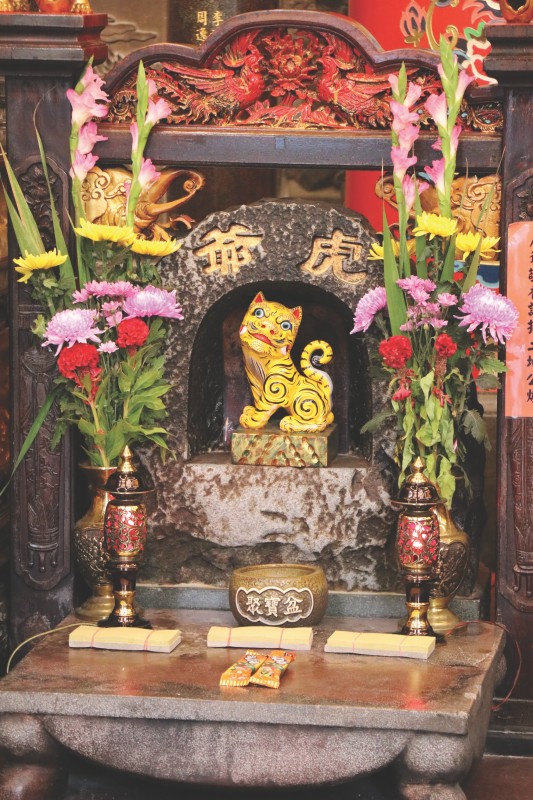
The Origins of Tiger God
When most people think of tigers, ideas of peace and protection are, unsurprisingly, not usually the first thoughts that come to mind. However, in Taiwan, that is not the case. Huye (虎爺), or Tiger God, whose origins date back all the way to ancient China, often functions more as a supporting deity rather than the main deity in folk religions such as Taoism. Tiger God is called in various ways according to the area it is worshipped in, the main deity it supports, and related legends of the region, sometimes also referred to as General Heaven Tiger (天虎將軍), General Flying Tiger (飛虎將軍), Venerable Garrison Deity of the Mountain (山軍尊神), Marshal under the Altar (下壇元帥), or General Black Tiger (黑虎將軍).
Since tigers are not actually native to the island of Taiwan, the image and concept of Tiger God undoubtedly originated in China. In traditional Chinese culture, taboos, and legends, the tiger’s reputation for brutality and ferociousness in the eyes of Han (漢) Chinese triggered feelings of awe, as seen by its place in the Chinese zodiac as well as its highly revered (and sometimes taboo) place in weddings and funerals.
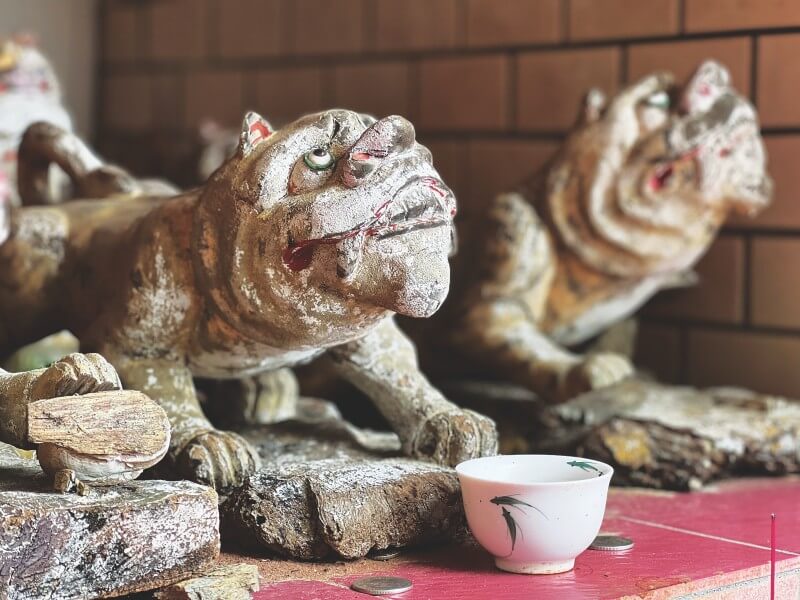
Nowadays, tigers are often considered auspicious yet menacing symbols, often excluded and isolated from large social gatherings, which serves to further highlight the complex emotions that they conjure in people’s minds. This awe and reverence, combined with Taoist beliefs, is what has eventually evolved into the worship of Tiger God in contemporary folk religion today.
How Tiger God Appears
Mostly enshrined at the altar table or under the seat as a mount for main folk gods, Tiger God often appears in the shape and form of a tiger. In Taiwan’s early days, its shape was mainly based on a prototype of the tiger. Only recently have some statues appeared in a figure of a semi-tiger, with a tiger head and human body or a human wearing a tiger hat. Representations of Tiger God are mostly comprised of wooden or stone carvings, with some carved in bronze or featured as pottery sculptures.
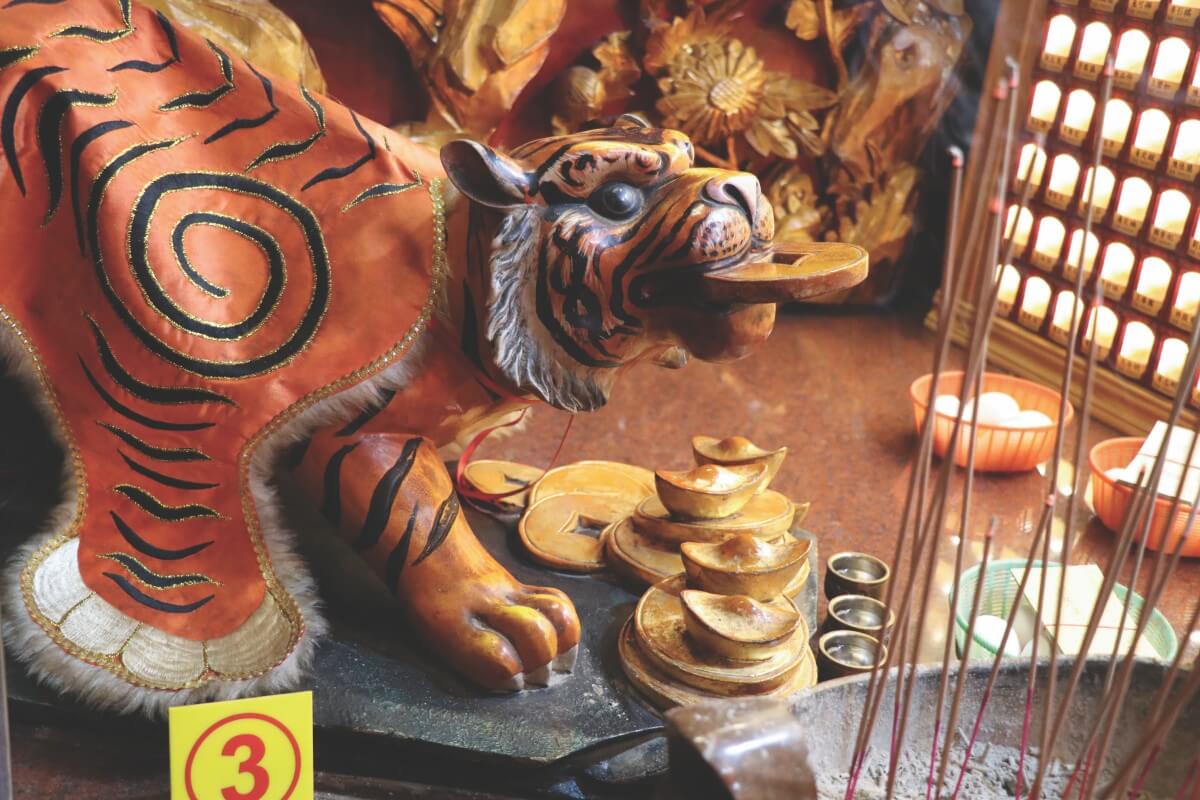
Most of Tiger God’s expressions have human-like smiles with the corners of the mouth raised, plus a cat-like form to reduce its fierce tiger image, drawing a sense of closeness and affinity with its believers.
The Role & Duties of Tiger God
In temples dedicated to the Earth God, or Tudi Gong (土地公), Emperor Baosheng (保生大帝), King of the Western Qin Dynasty (西秦王爺), God of Wealth Zhao Gongming (財神趙公明), and Taoist ancestor Zhang Tianshi (道教祖張天師), Tiger God is often featured as their mount, serving as their main feet.
Tiger God’s role is not that of an actual deity, but mostly that of an attendant or a porter. However, it is because of this accompanying role that it is granted the same divine powers that main deities receive, therefore becoming a powerful deity in its own right.
Since Tiger God accompanies the God of Wealth, it is thought that it has the power to bring wealth to the people. In addition, since it serves alongside Emperor Baosheng, it is also thought to have the ability to heal the sick or disabled. Although its status is not as high as some of the main deities, it is undoubtedly no less revered, no matter how big or small the temple might be, nor how popular the main deity is.
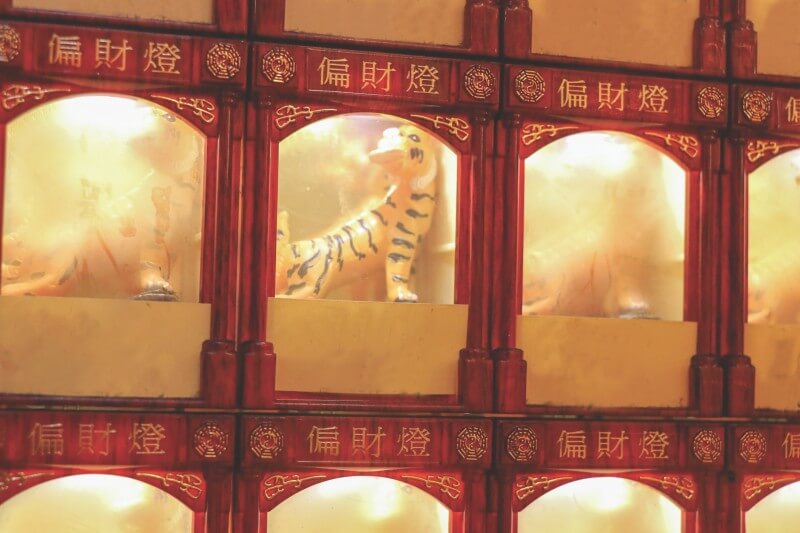
Some of Tiger God’s many duties include exorcising evil spirits and guarding the property of its believers, acting as the guide for main deities, providing security for temples, and ensuring the protection of fishermen at sea and their safe return to their families.
Where & How to Worship Tiger God in Taipei
Due to its role as an accompanying deity, offerings in Taiwanese temples to Tiger God are traditionally placed below the main deity. However, in some areas, offerings to Tiger God are placed on the table itself, and more and more new temples have begun popping up all over the island in its honor, particularly around central Taiwan.
The sacrificial offerings given to Tiger God are generally comprised of pork, lamb, beef, eggs, duck eggs, squid, and wine. In terms of fruits, offerings of apples represent peace, and pears represent removing or cleansing, while other fruits such as bananas, pineapples, and grapes are generally avoided as it is believed to invite trouble.
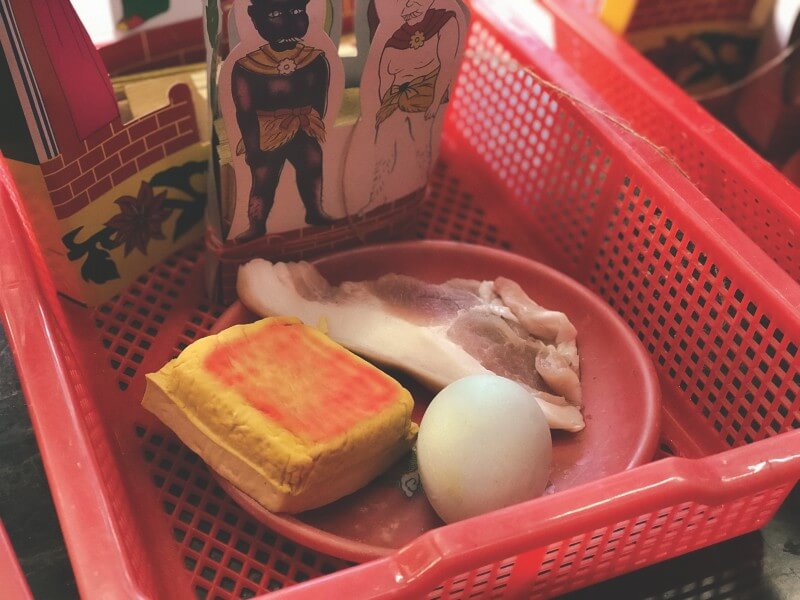
In Taipei, visitors can travel to the Canton Palace Embankment (台北廣堤宮 ─ 艋舺金虎爺會) to find a special Tiger God. The Tiger God there is originally from Hsin Kang Feng Tian Temple (新港奉天宮) in Chiayi (嘉義) and occupies a place on the main table, which is different from others. As some believe that Tiger God is the mount of Chenghuang (城隍), or City God, TaipeiFu Chenghuang Temple (台北府城隍廟) is also a place to pay your respects to this protective yet fierce animal companion deity. Taipei Tianhou Temple (台北天后宮) in Wanhua (萬華) is another place to find the Tiger God. No matter where you might travel in Taipei, though, when visiting temples in the city, do not forget to pay attention, and show some veneration, to the god right next to your feet.
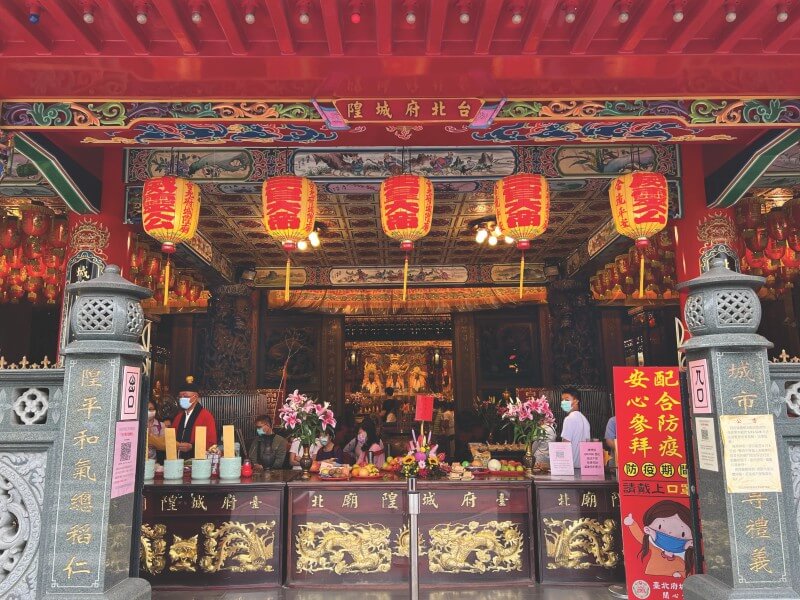
Author Catherine Shih
Photographer Taiwan Scene
This article is reproduced under the permission of TAIPEI. Original content can be found on the website of Taipei Travel Net (www.travel.taipei/en).


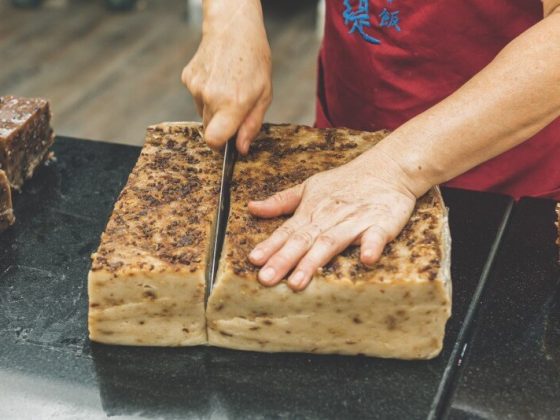










Comments are closed.